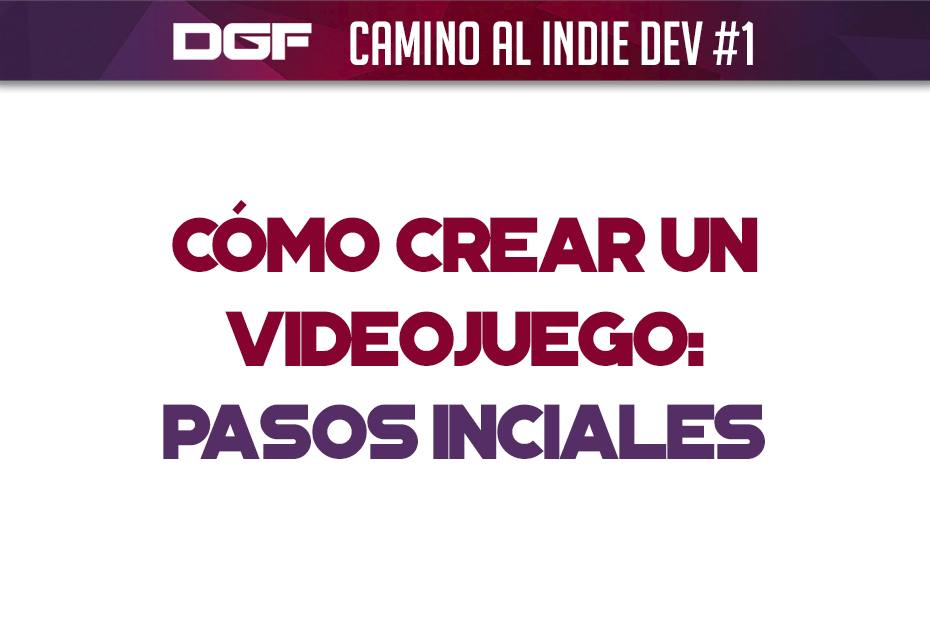Well, we keep adding sections and content to the site. A couple of years ago, if I had been told that I was going to be writing, streaming, running a podcast and developing an Indie game, all at the same time, I would have responded that it was crazy, nonsense.
And yet, here we are, advancing step by step in each of the projects that are reflected in this beautiful website that I set out to create.
Today I bring to the blog the first episode of my “Road to Indie Dev” live stream, in which I fulfill a triple purpose:
- Developing an indie game on my own. Generar contenido para un futuro curso de diseño de videojuegos y, en el proceso, compartir mis conocimientos en cada transmisión.
- To have a fun time with those who want to join me while I work. As a sort of networking.
And the first episode?
Yes yes, that’s what we are going to get to, I will leave the link to the video at the end of the article, don’t worry. Here I will leave a summary of the key points of the first transmission.
The idea
Every creative process starts with an idea, I always say that. With video games, it’s no different.
What we see in this video is that our first action should be to write down that idea. To translate something that is in an imaginary world into an existing and real format.
With the idea in hand (or in a digital file, it doesn’t matter), we have already taken the initial step towards the creation of the game. The important thing is, if we like the idea, not to box it. Chances are that it will never come out of the drawer again…
Property Registration
Maybe this is a step that not everyone knows they have to take. It is not 100% mandatory, of course, but recording the initial idea will help us to make it even more real.
That’s it, it exists. No one can deny that I, the Dui, am the creator of Mr D Monster Hunter (temporary name of the indie project I started).
Organization and Production Plan
It is important to follow all the steps of the production process when creating a game, even if we are doing it on our own or with a small team.
In our mind, we should always recite the mantra:
Preproduction – Production – Postproduction.
Preproduction – Production – Postproduction.
Preproduction – Production – Postproduction.
As often as necessary!
This will help us to focus on each specific moment of the design and development. There is no point in jumping from one to programming if at each step I have to stop to create an asset or design a mechanic.
It is likely that, yes, during development, we will have to make these pauses to develop something we didn’t have at hand. But the more assets and mechanics we can define in pre-production, the more agile the production will be, with much less friction.
The Livestream
Without further ado, I leave you with the link. It will not serve so much for you to see it a thousand times, but I am interested in keeping a log, a production log.
